ATLAS and CMS describe the analysis procedures presented in the seminar on 4 July, watched by scientists around the world.
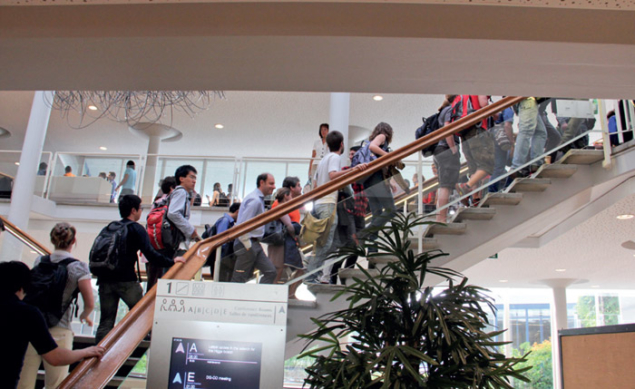
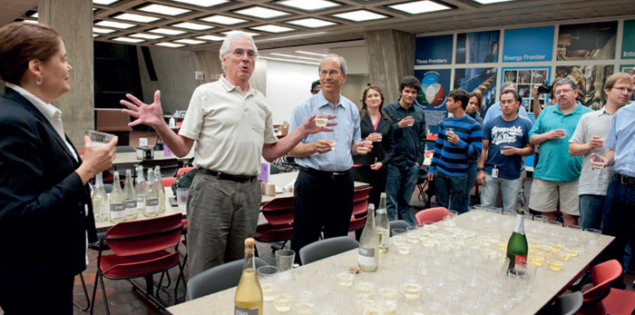
It’s 2 a.m. in Chicago, 9 a.m. in Geneva and 5 p.m. in Melbourne. Around the world, particle physicists in labs, lecture theatres and in their homes are full of anticipation. They are all waiting to hear the latest update in the search for the Higgs boson at the LHC, following the tantalizing hints presented on 13 December. Everyone knows that something exciting is in the air. The seminar has been rapidly scheduled to align with the start of the 2012 International Conference of the High-Energy Physics in Melbourne. It will be webcast not only to an audience in Melbourne but to the many teams around the world who have contributed over the years.
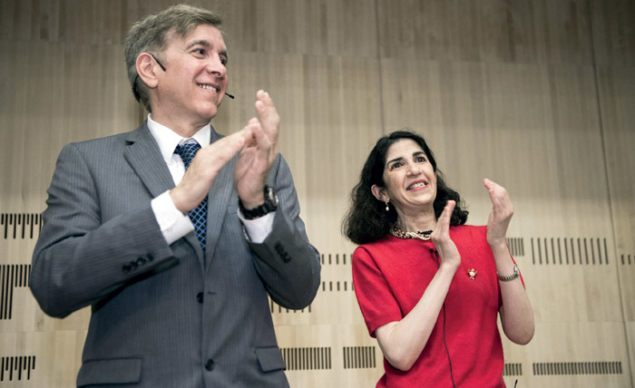
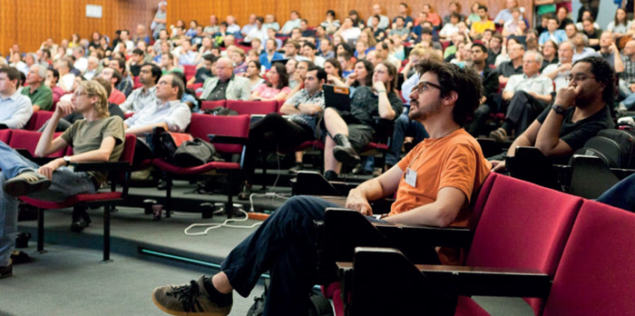
The news has its roots in the 1960s. The work of Robert Brout, François Englert, Peter Higgs, Gerald Guralnik, Carl Hagen and Tom Kibble in 1964 was to become a key piece of the Standard Model, giving mass to the W and Z bosons of the electroweak force. From the 1970s, searches for the so-called Higgs boson progressed as particle accelerators grew to provide beams of higher energies, with experiments at Fermilab’s Tevatron and CERN’s Large Electron–Positron providing the best limits before the LHC entered the game in 2010.
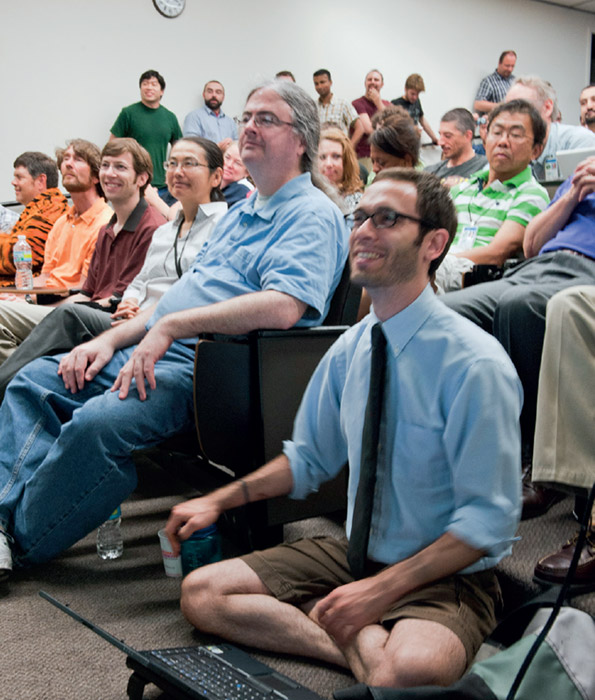
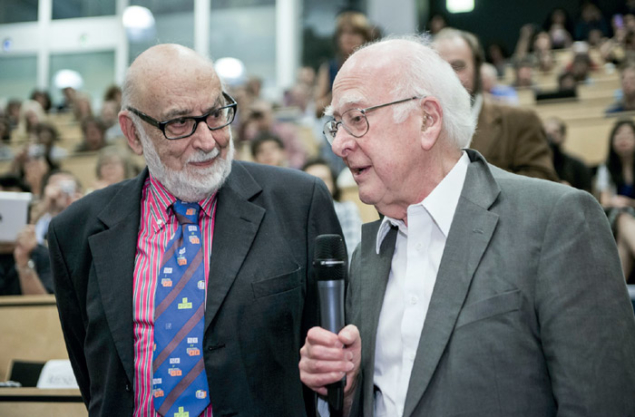
It was a day that many will remember for years to come. Englert, Higgs, Guralnik and Hagen were all in the audience at CERN to hear the news directly. (Sadly, Brout died last year and Kibble was unable to attend.) The ATLAS and CMS collaborations announced that they had observed clear signs in the LHC’s proton–proton collisions of a new boson consistent with being the Higgs boson, with a mass of around 126 GeV.
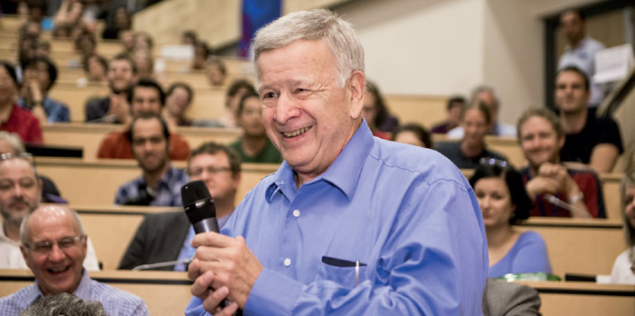
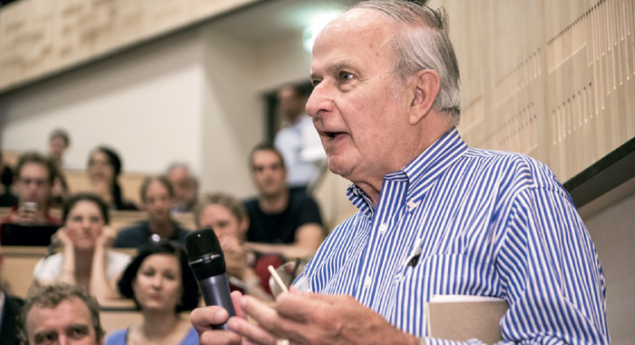
The adjoining articles (Discovery of a new boson – the ATLAS perspective and Inside story: the search in CMS for the Higgs boson) give some insight into the analysis procedures behind these latest results from the ATLAS and CMS experiments.
To explore all our coverage marking the 10th anniversary of the discovery of the Higgs boson ...









1 Comment